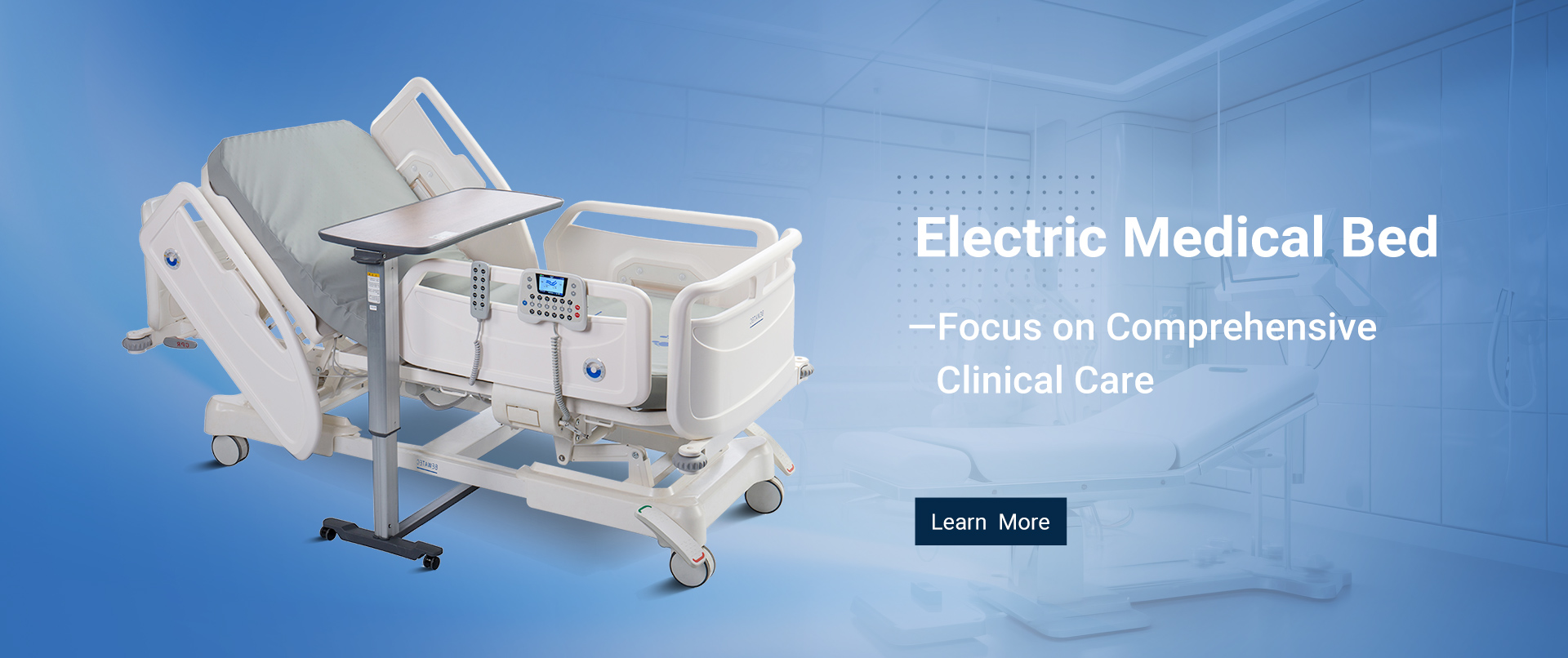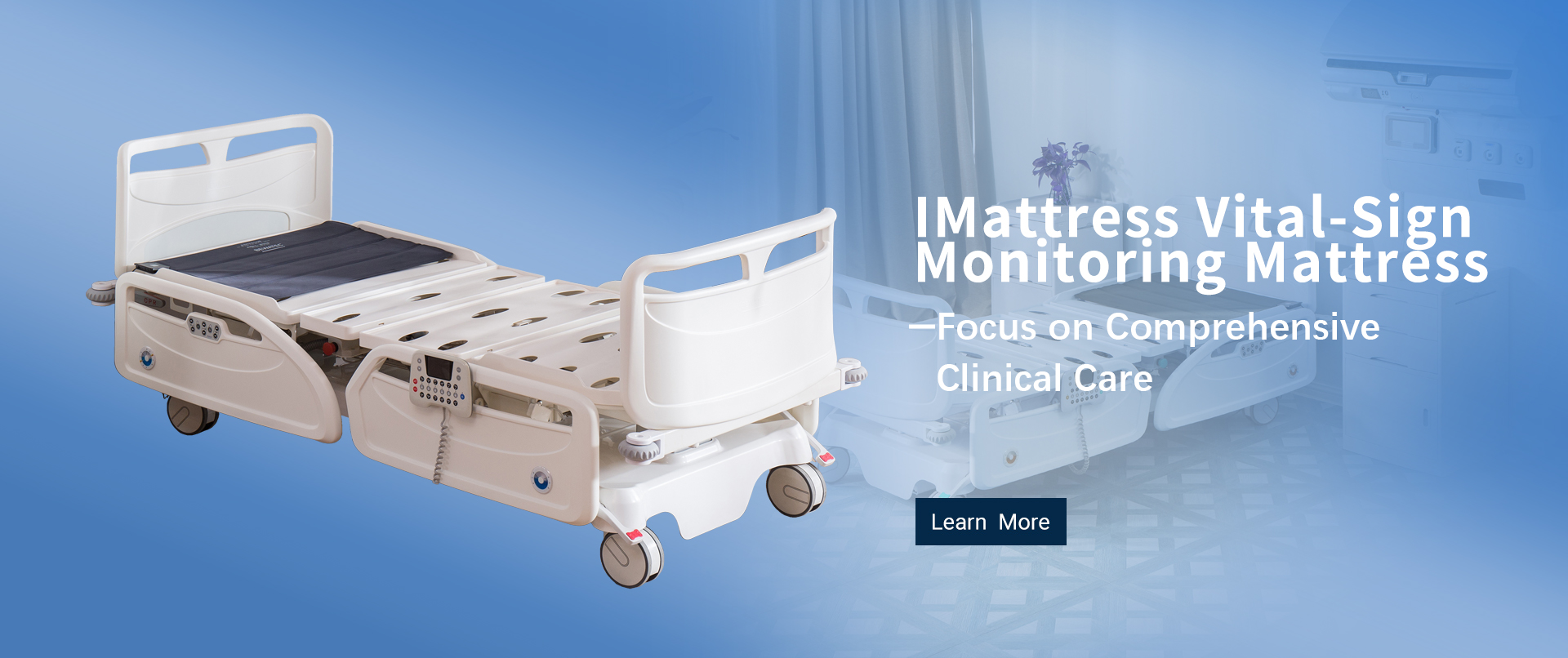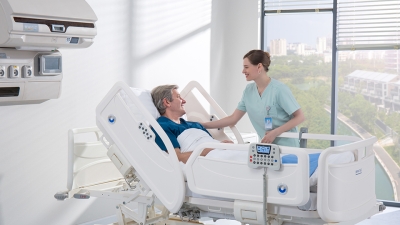
Common Challenges Faced by Global Buyers in Sourcing Medical Beds: An In-Depth Analysis
Table of Contents
- Understanding the Unique Requirements of Medical Beds for Global Buyers
- Navigating Regulatory Challenges in International Medical Equipment Sourcing
- Assessing Quality and Compliance Standards When Sourcing Medical Beds
- Effective Supplier Evaluation Strategies for Medical Bed Procurement
- Balancing Cost and Quality: Budgeting for Medical Beds in Global Sourcing
- Leveraging Technology for Improved Sourcing Strategies in Medical Equipment
- Transforming Patient Care: The Impact of A5 Electric Medical Bed on Healthcare Efficiency and Patient Outcomes
- FAQS
- Conclusion
- Related Posts
The world of sourcing medical beds is changing pretty fast these days, and that brings a bunch of challenges for anyone involved in this crucial industry. So, according to the latest market reports, the global market for medical beds is expected to hit around $5.5 billion by 2026—showing just how much demand there is for innovative and efficient solutions. But with all this growth, there are definitely some tricky parts too — things like keeping up with regulations, dealing with supply chain hiccups, and integrating new technologies. Suppliers in this space are really pushing to navigate these hurdles, all while making sure their products are safe, comfy, and tailored to meet the diverse needs of hospitals and healthcare centers. Bewatec (Zhejiang) Medical Device Co., Ltd. is right there at the forefront, focusing on smart healthcare and pushing the digital shift in the medical world. They’re working hard to provide solutions that not only improve patient care but also make operations smoother and more efficient.
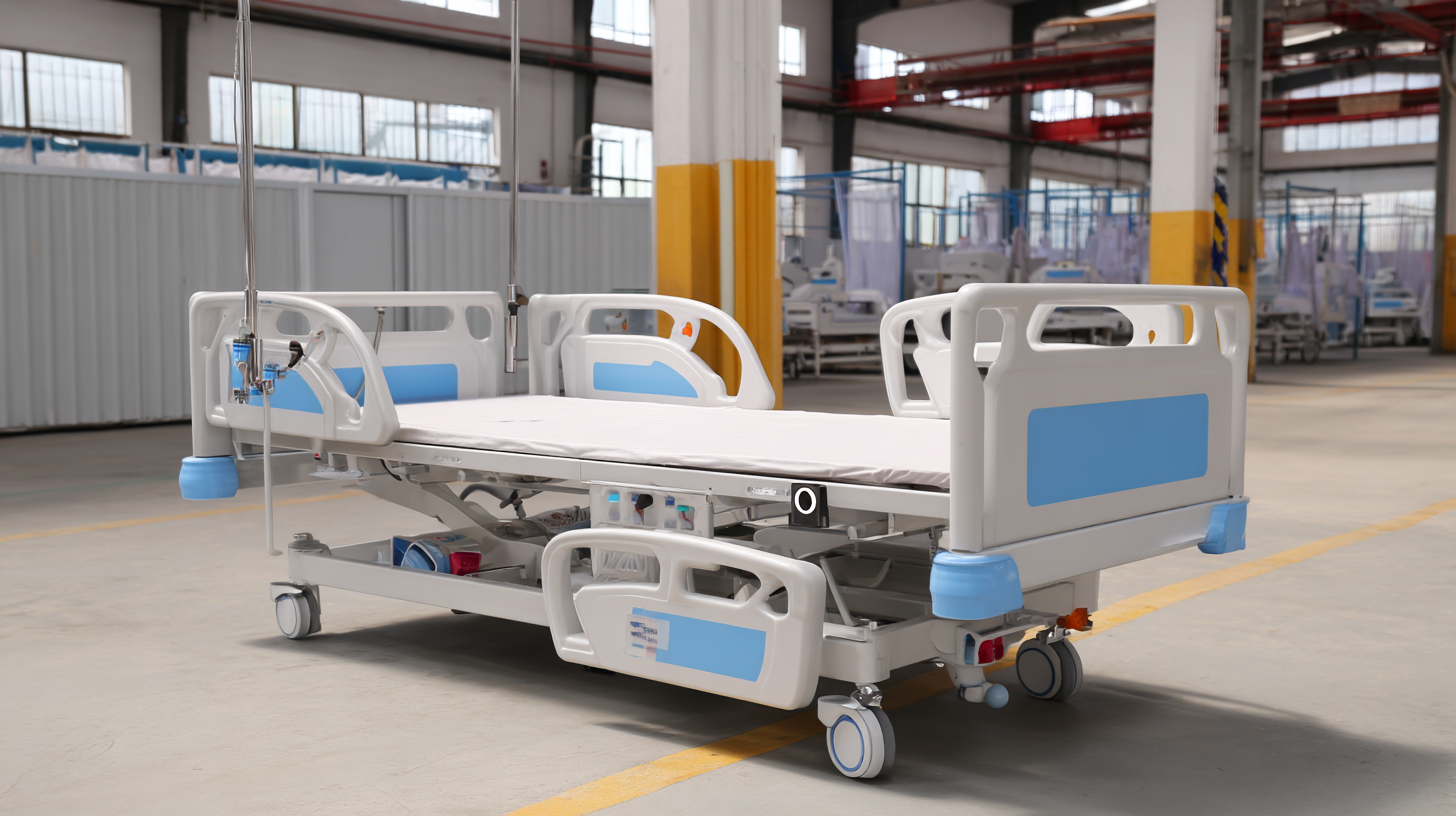
Understanding the Unique Requirements of Medical Beds for Global Buyers
When you're out there sourcing medical beds globally, it’s pretty clear that you’re dealing with some pretty specific requirements. These aren’t just any kind of furniture — they’ve got to tick all the boxes for safety, regulations, and how they actually work. Things like adjustable positions, weight limits, and infection-control materials are super important. Plus, you’ve got to think about who these beds are for—whether it’s kids or seniors—and make sure the design suits their unique needs in different healthcare settings.
One big tip I’d give anyone is to team up with manufacturers who really know their stuff when it comes to medical beds. Building a solid relationship here can give you the inside scoop on the latest industry standards and cool innovations, so you’re sure the beds you get are up to snuff both functionally and legally. Also, don’t forget to check how easy it is to get spare parts and get support after you buy — because maintenance is a pain if it’s delayed in a busy healthcare facility. And honestly, listening to feedback from healthcare pros can be a game changer — they’ve got the best insights on how the beds feel to use and how they can improve patient care overall.
Navigating Regulatory Challenges in International Medical Equipment Sourcing
Dealing with the regulatory stuff when you're sourcing international medical equipment can honestly feel pretty overwhelming, especially when you're trying to find medical beds. Each country seems to have its own set of rules about approving and using medical gear, which can make the whole buying process a real headache. It’s crucial to make sure that the products you're after meet the safety and effectiveness standards set by the local health authorities. But here’s the tricky part—understanding all the paperwork and compliance stuff can be pretty complicated, and it varies a ton from place to place.
On top of that, regulations are always changing. One day everything's fine, and the next, new laws or tweaks to existing ones can throw a wrench in your plans. These changes can slow down approval times or even mean you need extra certifications. Staying on top of all this is a full-time job by itself. If you don't keep up, you risk delays that could be costly or, even worse, having your products denied altogether. Because of this, it’s super important to build good relationships with trustworthy suppliers who know the ins and outs of their local rules. That way, you’ll have a much smoother ride in the competitive world of medical equipment sourcing.
Common Challenges Faced by Global Buyers in Sourcing Medical Beds
Assessing Quality and Compliance Standards When Sourcing Medical Beds
Finding reliable medical beds can be pretty tricky, especially when you're trying to make sure they meet all the safety and quality standards. For buyers around the world, it’s a bit of a maze navigating through different regulations that set the bar for safety and performance. And honestly, sticking to these standards isn’t just a box to tick — it really affects patient care and how hospitals or clinics are viewed. With global markets more interconnected than ever, verifying that suppliers actually follow these rules isn’t always straightforward. Different regions sometimes have very different requirements, so it’s easy to get confused or miss something.
On top of that, the rise of AI and smart tech in healthcare is a game-changer. These tools can really help organizations keep tabs on quality and compliance throughout the whole supply process. When it comes to sourcing medical beds, that’s super important — not just making sure the beds are physically sound, but also making sure they’re safe and meet all the regulations. Thanks to ongoing improvements in quality management tech, buyers now have a real chance to cut down risks and get better transparency along the supply chain. All of this ultimately leads to better patient outcomes and helps providers earn trust — which is what really matters in the end.
Effective Supplier Evaluation Strategies for Medical Bed Procurement
Finding the right medical beds from a global supplier isn’t always a walk in the park. Buyers often face quite a few hurdles — from evaluating a supplier’s financial health to their technical capabilities. It’s pretty clear, though, that how stable and reliable a supplier is can really influence the overall performance of their company, especially in emerging markets like Ghana. Plus, sticking to industry standards and procedures isn’t just about rules; it’s really about making sure the quality of care stays high and patients stay safe.
On top of that, when researchers look at the existing literature, they often highlight methods that focus on balancing equipment costs with what local health systems actually need. Funding for ongoing maintenance? That’s frequently a big concern, especially in low- and middle-income countries. For example, when hospitals are buying new beds, they have to seriously consider not just the upfront costs but also how those costs fit into the healthcare needs of the community.
Since Bewatec (Zhejiang) Medical Device Co., Ltd. is all about smart healthcare solutions, understanding these factors can really help improve how they build relationships with suppliers and refine their purchasing strategies. Ultimately, this can lead to better patient care and a smoother digital transformation in healthcare. It’s all about keeping things practical, affordable, and aligned with real-world needs.
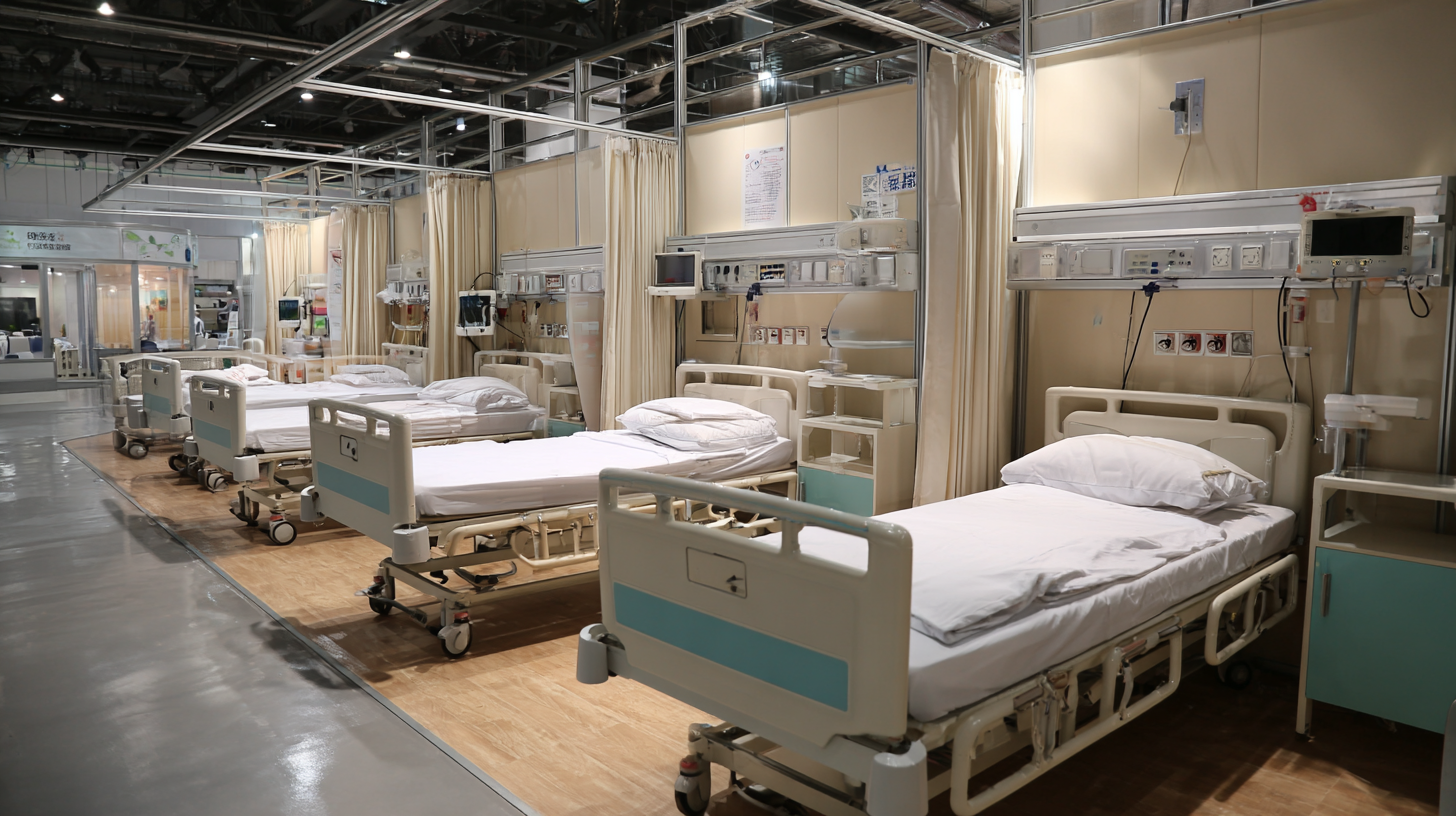
Balancing Cost and Quality: Budgeting for Medical Beds in Global Sourcing
When it comes to sourcing medical beds on a global scale, finding the balance between keeping costs down and ensuring quality is no walk in the park. You know, hospitals and healthcare facilities often struggle with tight budgets—more than 60% of these organizations say financial constraints are a major hurdle when trying to get top-notch equipment. It really puts you in a tough spot, making it crucial to have a smart strategy for your budget. Sometimes, it’s tempting to look just at the savings quickly gained, but it’s worth thinking about the long-term benefits, like better patient outcomes and lower maintenance costs down the line. Investing a bit more upfront on higher-quality beds might seem like a splurge, but it could pay off in the end.
Here’s a tip: do your homework when it comes to market research. Find reliable suppliers who won’t cut corners on quality just to offer a cheaper price. Also, using tools like total cost of ownership (TCO) analysis can really help you see the broader financial picture—what you’re really paying over time, not just at purchase. Plus, teaming up with procurement pros or joining group purchasing organizations (GPOs) can make a huge difference. Reports show that GPOs can save healthcare providers around 10-15% on bulk buys, which helps stretch your budget further so you can get what you need without breaking the bank.
And here’s another tip—don’t hesitate to chat with your network. Sharing tips and learning from others who’ve been in similar shoes can be super helpful. Building a community of folks who understand the ins and outs of sourcing medical beds can really make this whole process a lot smoother.
Leveraging Technology for Improved Sourcing Strategies in Medical Equipment
So, here’s the deal: global buyers are really up against it when trying to source medical beds. But here’s some good news—tech like deep learning (DL) and machine learning (ML) are actually opening up some promising new ways to tackle these challenges. These tools are shaking up the way healthcare supply chains work, helping teams make smarter decisions when it comes to choosing suppliers, managing inventory, or planning production. For example, studies have shown that throwing DL and ML into the mix can make procurement much more efficient, which doesn’t just save a few bucks but also means better care for patients.
On the flip side, there’s also a lot of worry about rising tariffs on imports, which could seriously shake things up in the healthcare supply chain. Industry folks are warning that double-digit tariffs could push costs up significantly—impacting everything from sourcing to keeping critical supplies available. A lot of healthcare leaders are actually pushing for more tariff exemptions and asking manufacturers to be more transparent. That’s where tech really becomes a game-changer—by helping streamline operations and cushion the blow of these economic pressures, healthcare organizations can better weather these tough times and stay resilient in a pretty unpredictable market.
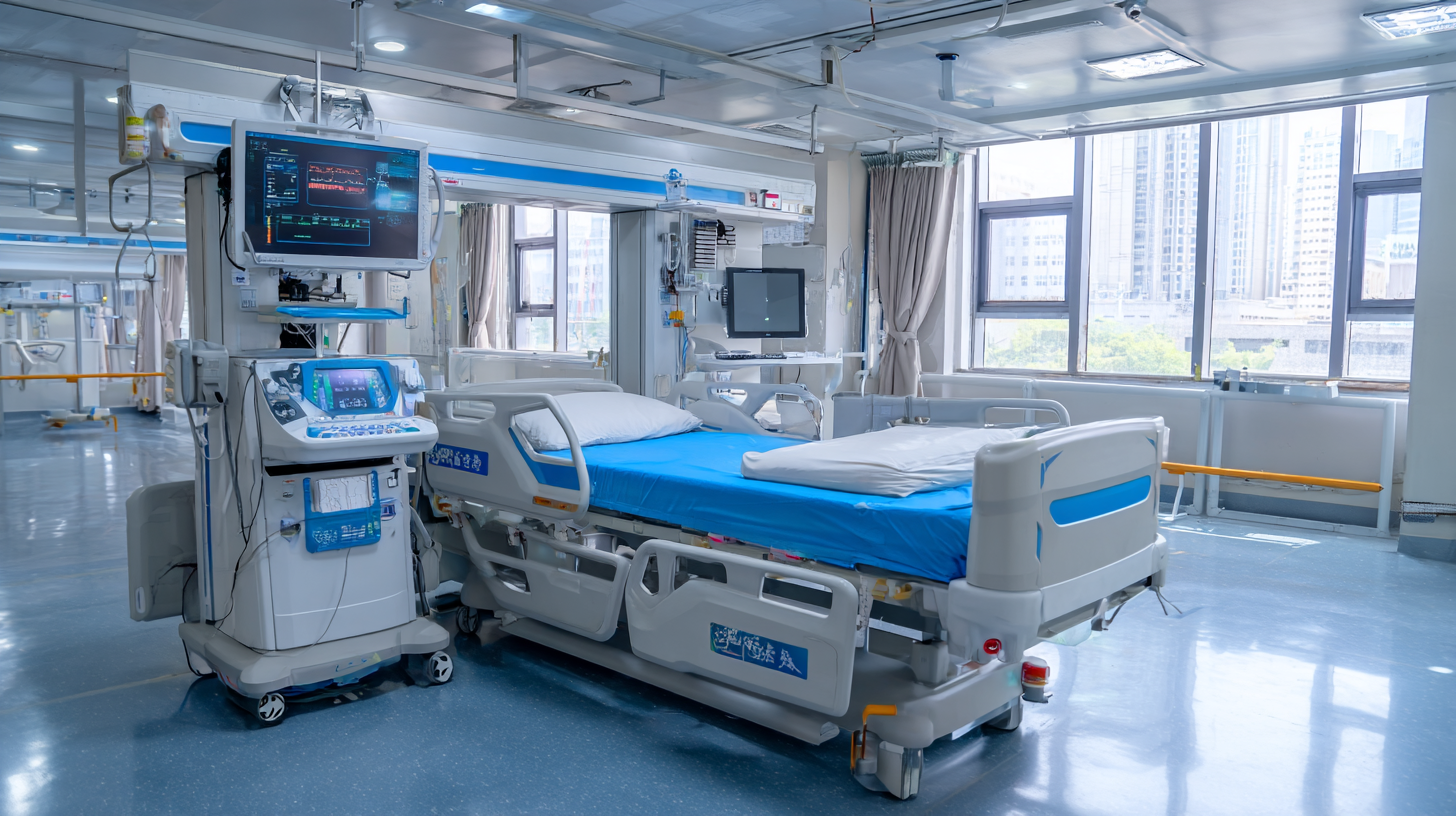
Transforming Patient Care: The Impact of A5 Electric Medical Bed on Healthcare Efficiency and Patient Outcomes
The advent of advanced medical technologies has ushered in a new era of healthcare, and one of the most significant innovations is the A5 Electric Medical Bed. This smart bed is not just an ordinary piece of furniture but a sophisticated tool that enhances patient care by combining thoughtful design with cutting-edge technology. Designed to support patients from first aid through rehabilitation, the A5 bed offers an all-round care solution that adapts to the varying needs of patients at different stages of recovery.
Healthcare efficiency is dramatically improved with the integration of the A5 Electric Medical Bed into care environments. Its unique features allow caregivers to easily adjust the bed's position, ensuring optimal comfort and accessibility for patients. This adaptability helps minimize the physical strain on healthcare providers while maximizing patient engagement and mobility, which is crucial for effective recovery. By focusing on patient-centered care, the A5 bed not only streamlines workflows but also contributes to superior health outcomes.
Additionally, the A5 bed's design incorporates elements that prioritize patient safety and comfort. With intelligent monitoring systems and customizable settings, it supports clinical decisions with real-time data, allowing for prompt interventions when necessary. As healthcare facilities seek to enhance overall care quality, the A5 Electric Medical Bed stands out as a transformative solution that redefines the patient experience and elevates care standards.
FAQS
: The primary challenge is balancing cost and quality, as many hospitals and healthcare facilities face budget constraints that hinder their ability to acquire high-quality medical equipment.
Over 60% of organizations cite financial limitations as a key barrier to acquiring high-quality medical equipment.
Buyers can conduct thorough market research to identify reliable suppliers and utilize total cost of ownership (TCO) analysis to understand the long-term financial implications of their sourcing decisions.
GPOs can achieve savings of approximately 10-15% on large volume purchases, helping healthcare organizations acquire necessary equipment while adhering to budget constraints.
Technology, including deep learning (DL) and machine learning (ML), enhances sourcing strategies by improving supplier selection, inventory control, and production planning, leading to better decision-making and reduced costs.
Healthcare organizations can leverage technology in their sourcing strategies to streamline operations and mitigate the economic impacts of rising tariffs on healthcare supply chains.
Investing in higher-quality beds may lead to improved patient outcomes and reduced maintenance costs over time.
By sharing best practices and gaining insights from others, buyers can foster a community of support and knowledge exchange that aids in successfully navigating sourcing challenges.
Greater tariff exemptions can help stabilize healthcare supply chains, mitigate rising costs, and ensure the availability of crucial medical supplies.
Implementing DL and ML techniques can enhance the efficiency of procurement processes, ultimately improving patient care and reducing costs.
Conclusion
In the constantly changing world of global healthcare, finding the right medical beds isn’t always straightforward. Buyers face some pretty unique challenges here. You really need to understand what’s required—since these beds have to meet all kinds of different regulations depending on where you’re buying from. Plus, it’s super important to check out the quality and compliance of potential suppliers. You want to be sure that the beds are safe, comfortable, and actually do the job for patient care.
Having solid strategies to evaluate suppliers can make a huge difference, helping you manage the tricky balance between cost and quality. And hey, using the right technology can really streamline the whole sourcing process—making smarter, more informed decisions about your medical equipment. At Bewatec (Zhejiang) Medical Device Co., Ltd., we’re all about embracing digital transformation and smart healthcare solutions. That’s what makes us a great partner when it comes to providing personalized and efficient healthcare solutions worldwide. We truly believe we’re among the best choices when it comes to Medical Bed suppliers.
Related Posts
-

How to Choose the Best Medical Bed Manufacturer for Your Healthcare Facility
-

Navigating the Future of Best Medical Beds Manufacturers in 2025 with Technological Innovations Guide
-

2025 Trends in Healthcare: How to Choose the Best Hospital Equipment Bed for Your Facility
-
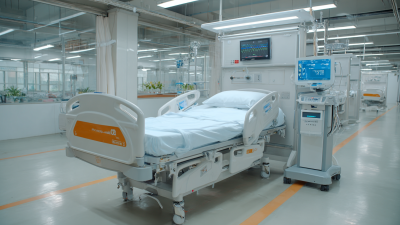
Precision Craftsmanship in Medical Bed Manufacturing: How China's Innovations Serve Global Health Needs
-

2025 Trends: The Ultimate Connected Health Monitoring Solutions for Wifi and 4/5G
-

Choosing the Right Manufacturer for Best Patient Comfort with a Comparative Analysis




